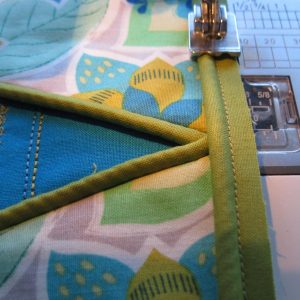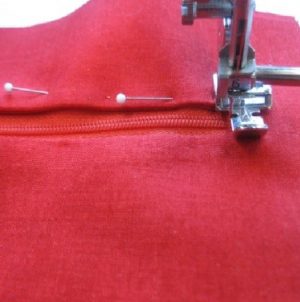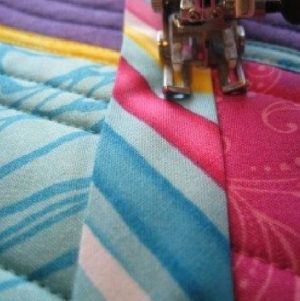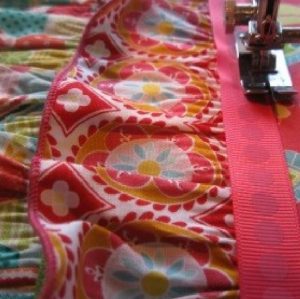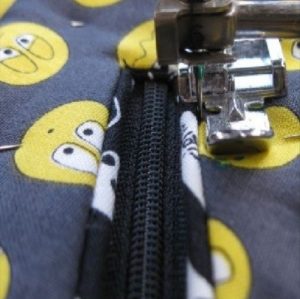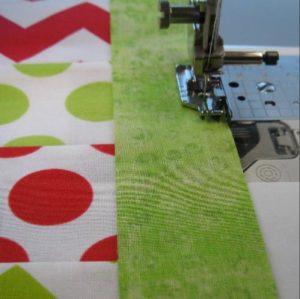
Piecing is what you call the technique that you use when patch-working. It is when you sew all the little pieces together to make one big piece. There is hundreds of designs of patchwork squares and different rules apply to each one depending on the shape of the pieces sewn together. In each case, Heidi shows you step by step what is required for the pattern you are sewing.
Tools to help you:
- ¼” foot for your sewing machine
- 32mm rotary cutter and small rotary mat
Click HERE for Heidi Ho patterns that teach you piecing
Technique Tip! Not only is the sewing important to be accurate when piecing, it is also important to press the seam allowances the correct way for that particular square.

